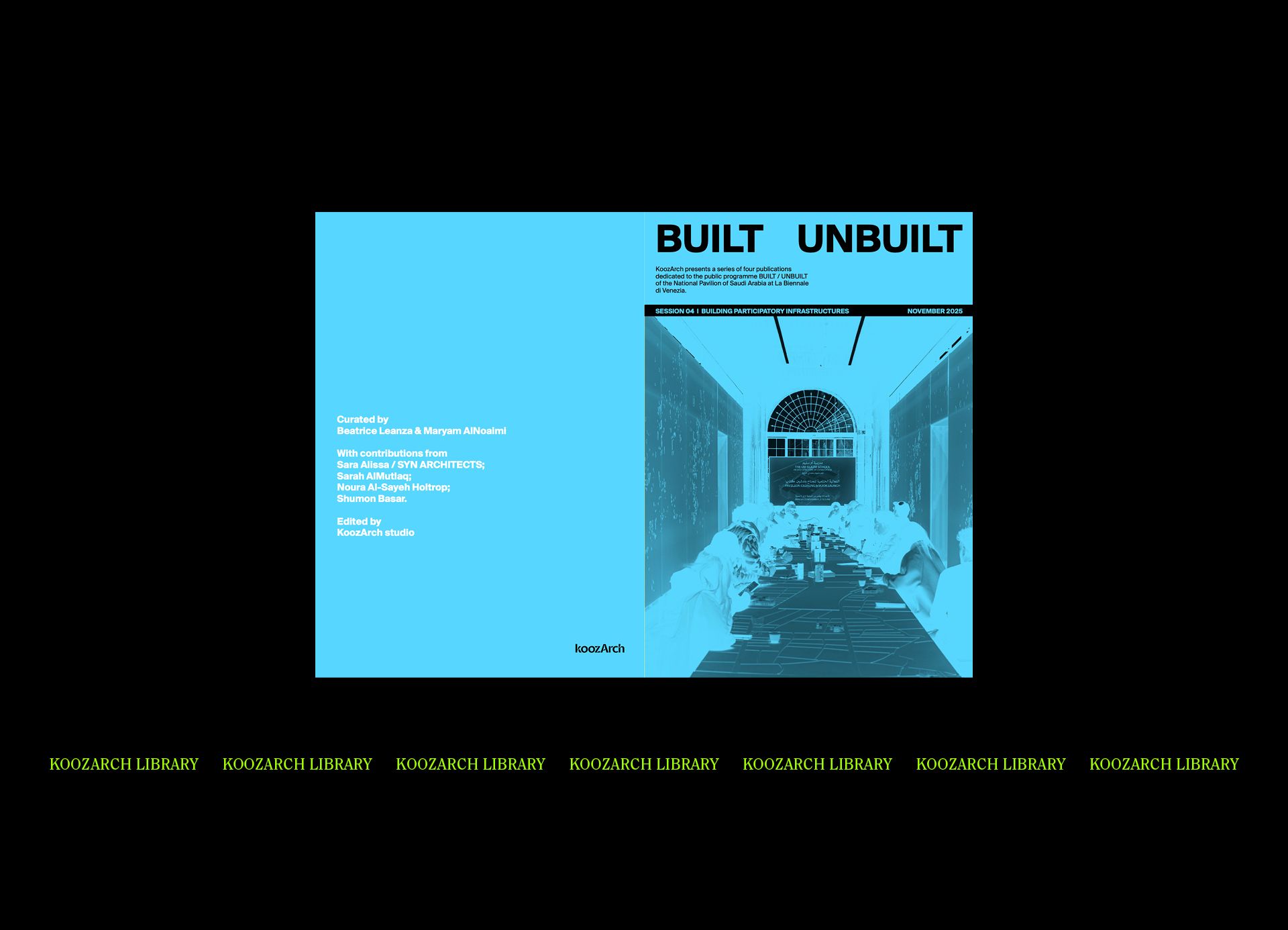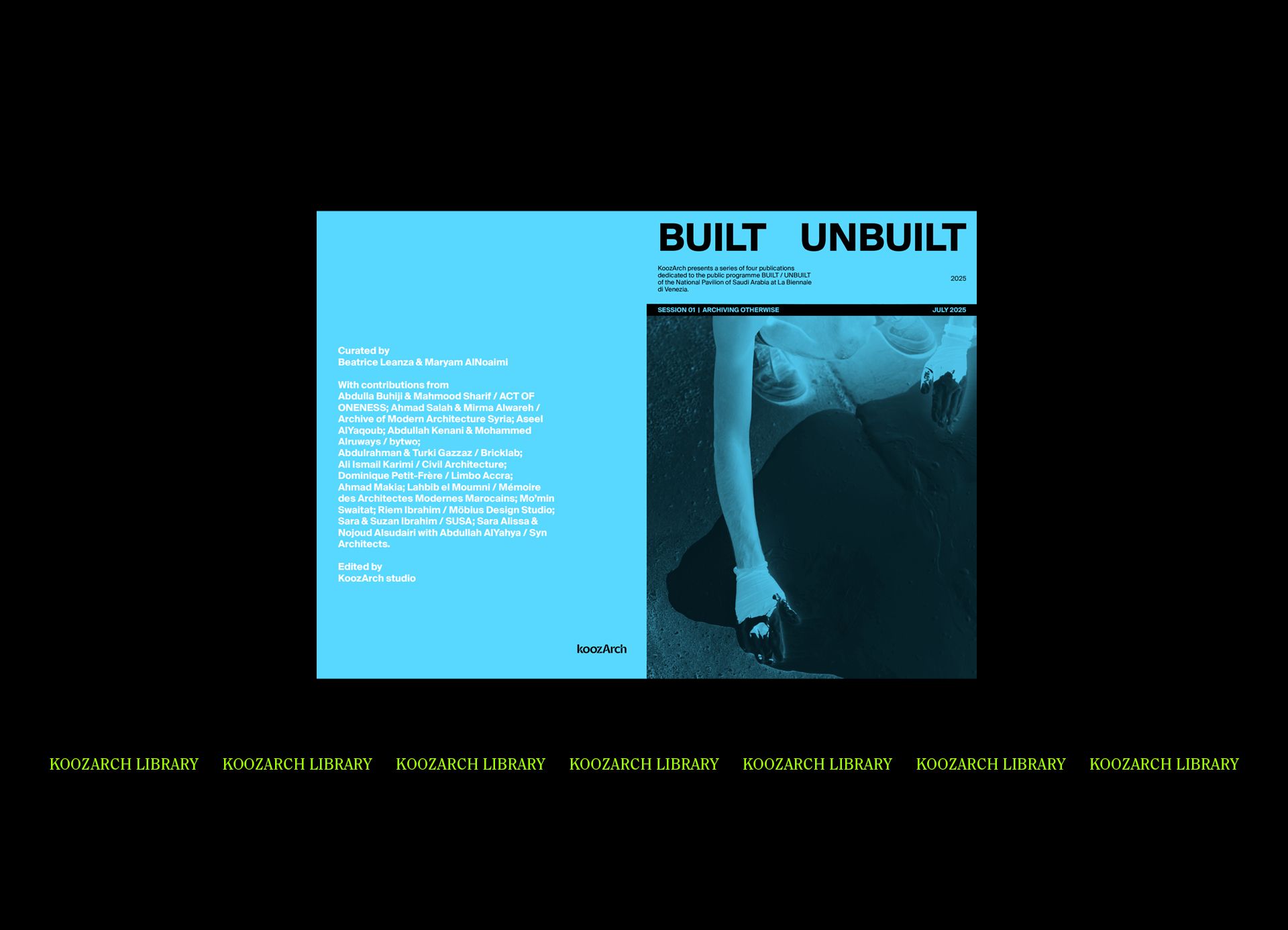In 1763, Marie-Josephte Corriveau was found guilty of the murder of her husband, in New France (Lower Canada). She was sentenced to death by hanging followed by the gibbeting of her body. The event sparked the popular imagination and became the foundation of a ghost story that spanned centuries and persists to this day in Québec folklore. Through the proposal of a shrine to the memory of Marie-Josephte Corriveau, this project investigates how the historical narrative can foster a critical and locally driven design, while questioning the place of women in Québecois collective memory.
Storytelling, as a form of transmission of truth that gains weight and permanence with repetition, interprets and reshapes pieces of history, which, with this reinvented relevance and authority, become folkloric monuments of collective memory. The story of La Corriveau is a part of Québec history that has spanned centuries this way. Through its presence in contemporary literature, music and cinema, it continues to carry the myths that formed the story over time. This means religious dogma, patriarchal values and an array of cultural bias have imbued the character of La Corriveau with negative connotations while neglecting those elements of her story that are telling of the society and the political context within which she lived.
The project was developed within the context of the University of British Columbia.
KOOZ What prompted the project?
MG In 2006, the metal cage used for Marie-Josephte’s gibbetting was found by chance and authentified, after being lost for 160 years. The artifact was sitting in a storage room at the Peabody Essex Museum, in Salem, Massachusetts. It was repatriated to Quebec City in 2015, where is it now part of the national collection of the Musée de la Civilisation. The discovery prompted a renewed and more critically engaged interest in the historical events surrounding the myth of La Corriveau. As a 21st century viewer of the small cage of what must have been a frail woman, I could see that Marie-Josephte was likely not the way she was portrayed in the ghost stories. In the context of a general questioning of the heroes of the Canadian past, it seemed important to study La Corriveau as a historical figure and not as a folk character. The newly found artefact, in its physicality, moves observers and inspires sadness, anger or pity, and by doing so, shakes popular beliefs. While architecture’s best asset may be its ability to celebrate the physical world, the gibbet appeared as a powerful catalyst for a building project.
In the context of a general questioning of the heroes of the Canadian past, it seemed important to study La Corriveau as a historical figure and not as a folk character.
KOOZ What questions does the project raise and which does it address?
MG It questions the role and limits of architecture in the making of collective identity through the topics of female identity, the Church, and nationalism. It addresses women’s place in Québecois and Canadian history and culture and, by extension, the role of women in today’s Canadian society. On this, the project adopts a critical stance and indirectly denounces patriarchy, its injustices and flaws, and places the 2020 woman in a power role. The project also reconsiders the role of the Church in Canada throughout the past, highlighting its complicity in the exclusion of women, and proposes a contemporary, feminist version of the institution. Another question raised is the notion of Québec sovereignty. The events described in the project take place only months after the conquest of the formerly French territories (today’s Québec) by Britain and are intertwined with the shift from the French to the British law, which echoes centuries alter.
KOOZ What tools does the project deploy to question the existing folklore surrounding the Corriveau?
MG The proposed typology, a shrine, serves as a framework for the revisiting of her story. A more generic approach would have been to propose a museum to host the artefact. In that way, her story would have been depicted on a more neutral tone. Instead, the cage is presented in a shrine. The scale and proportions of the opaque masonry walls forming a triangular mass on the village streets recall religious typologies. The location, known to the local population for Marie-Josephte’s infamous gibbeting, at the crossroads of De L’Entente and Saint-Joseph streets, becomes a sacred land. Inside the shrine, a series of drawings from this project illustrating episodes of her life and execution are displayed along a hallway, where visitors are invited to lit candles. This Christian mise-en-scène presents her as a hero or a martyr, in contrast with the seducer and murderess she has been in folktales. Furthermore, a folklore room inside the shrine, along with the area that displays her gibbet, recall forms of oppression she has endured.
The proposed typology, a shrine, serves as a framework for the revisiting of her story.
KOOZ What role do the drawings play? What informed the visual language through which you articulate the speculation?
MG The concept for the drawings came first in the project. Once it was decided that I was going to work on La Corriveau, I knew that the project would be presented as a tale, in a similar way story-tellers have been recounting the legend for centuries. The drawings would then support a story and tint the audience’s read of it. For this reason, decisions on illustration strategies were made early and influenced both the architectural design and the re-writing of the story. The intentions were to provide a support for a performative presentation and to recall Christian mythology and visuals. For those reasons, the images are painted and collaged on board and can be manipulated.
KOOZ What is the relevance of revisiting this narrative within this historical moment?
MG The past decade was marked by a rise in collective sensibility towards social and ecological issues that translated into the emergence of global social movements such as Idle no more, the Me too movement, the rise of ecological activism, Black lives matter, the unbolting of confederate statues of historically problematic national figures, and more. In this context, the project aims at fuelling the conversation on gender equality and on monuments. The conducive opening of dialogues also coincides with the recent discovery of the cage.
The project aims at fuelling the conversation on gender equality and on monuments. The conducive opening of dialogues also coincides with the recent discovery of the cage.
KOOZHow does the project approach the role of the architect within our contemporary society?
MGBy emphasizing a performative read of the architectural project, the architect’s role is shifted. From a scientific approach, from systematic analysis and technical prowess, the architect’s agency is transferred to the humanities. The architect is a part of the re-written story, where they are appointed by 50 Ursuline nuns and participate in the reinterpretation of history. The architect is also outside of the story, telling it. As it is known that the person presenting the project and the story of the architect designing the shrine, also designed the shine, then the architect is also a story-teller. This is where the project’s main stand on architecture lays.
From a scientific approach, from systematic analysis and technical prowess, the architect’s agency is transferred to the humanities. The architect is a part of the re-written story.
KOOZ What is for you the architect's most important tool?
MG Everything they see every day, and critical thinking. Architecture benefits from borrowing from other fields and traditions, which all blend in to form the environment. Furthermore, atmospheres emerge from the interactions between people, spaces, objects, weather, energy, and all these tangible and non-tangible elements may be harnessed and organized into an architectural project. Critical thinking will give projects meaning and logic.





